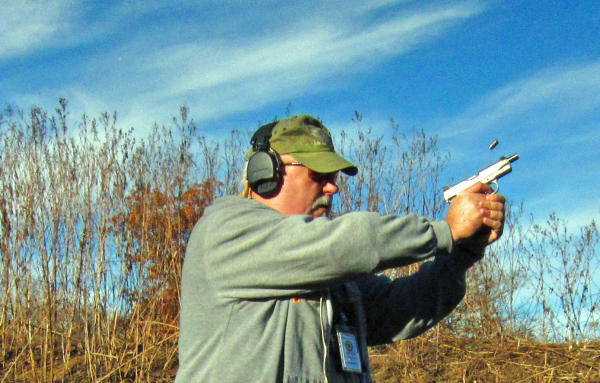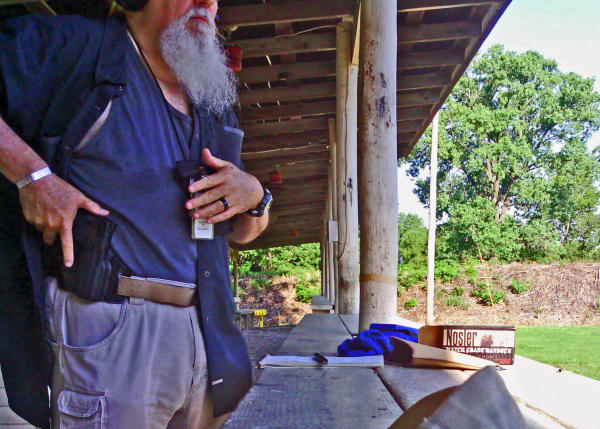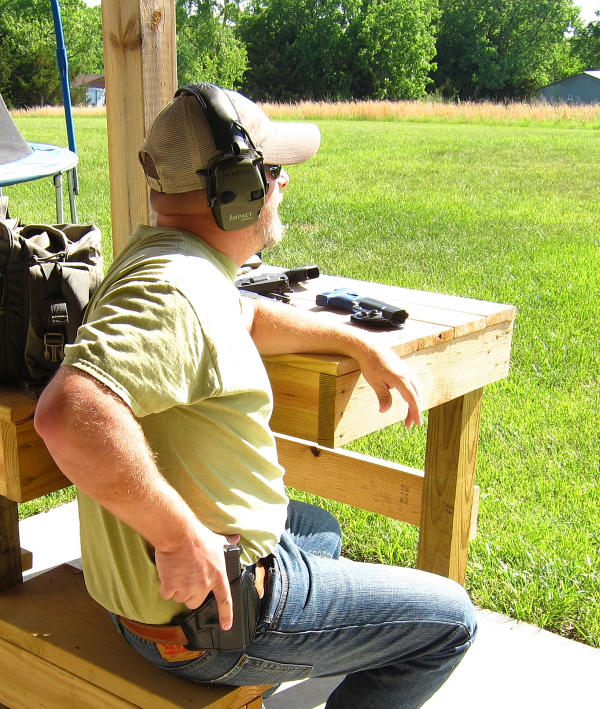While chatting with No. 1 Son last week, he told me he’d been doing a little shooting. During the conversation, he said that he’d practiced single hits from 10 yards on a bullseye target from low ready. He was using a striker-fired centerfire auto pistol.
Actually, that’s something that’s smart to practice. I’d quoted our Tactical Professor, Claude Werner, on social media at about the same time we had that conversation –
"My feeling is that the one-shot draw/presentation is the most important exercise we can do. It should represent the majority (>50%) of all the rounds we fire and all the dry practice we do." That philosophy is part of the reason behind the Comparative Standards; the overwhelming majority of the skills involve a draw.

I add to that, based on a phone call last Friday, the second most important exercise is considering your post-shooting procedure. Chuck Haggard, proprietor of Agile Training as well as active peace officer and instructor, added that “a great deal of your draws should include going to low ready, and not shooting.”
I replied that the majority of practice draws should stop at ready -- and some surreptitious draw practice is likewise helpful.
The bottom line is the “best practice” is practicing most often those things that are the most documentably necessary skills – and practicing less those things that are less often required in real documented engagements. It’s fun to shoot on the move, practice speed reloading, multiple targets, room combat and the like – but there are things that are actually needed every single engagement: gaining access to the gun and presenting it to the threat.
Many years ago, I took a new job. I was compelled to provide my own gun for the job while the agency provided (and required I wear) their holster and support gear. It was all geared to appearance with no real benefit. The holster was absolutely unfamiliar to me.
I literally spent hours drawing to ready -- drawing without firing a shot. After fifty or so “draws to guard, I’d “dry fire” the gun. In my three years of active service to that point, I’d never shot at anyone but I’d held a number of suspects at gunpoint (a practice I would later stop and renounce as being unnecessarily dangerous). For that reason, I spent the majority of practice time drawing to ready.
I’d been on the job for some weeks when that skill became handy. Another officer found the suspect vehicle in an aggravated assault case that had just occurred. It was parked in an alley. I’d raced to the scene, parking a respectful distance away. He was engaged in looking the car over as I approached. I called out to him to back off so we could form a plan. Before I could get to him, a door to the building behind him flew open and a man came running out.
I believe I said – loudly – “that’s far enough.” I remember seeing him turn his head and stop so suddenly, he almost fell on his face. I realized that the stainless 357 Magnum revolver was in my hand at that point – so did he.
I have no conscious recollection of drawing the gun. It was just “there.”

